Microsurgery
The term “free flap” is derived from the concept of transplanting tissue (the flap) from one part of the body to another. To do so involves keeping intact the blood supply to the transferred tissue and reconnecting it to blood vessels near the destination of the flap. In the case of breast reconstruction, the most common donor site is the lower abdomen, which is done through an incision similar to that of a tummy tuck.
Free-Flap Breast Reconstruction Advantages
The advantages of a free flap breast reconstruction include using the patient’s own tissue and no implant, in most cases. This provides a soft, often natural appearing reconstruction without the risks of implants or the need for implant surveillance. Of course, there is the added advantage of having removed considerable lower abdominal tissue which can mimic the look of an abdominopalsty.
Free flap breast reconstruction has evolved considerably over the last decade. The original breast reconstructions from the lower abdomen sacrificed one of the midline abdominal muscles (rectus muscle). Over time it became evident that the whole muscle need not be taken and a “muscle sparing” approach was developed. More recently, we can dissect only the vessels that are need to transfer the tissue while preserving most of the rectus muscle. This technique is most commonly termed a DIEP flap which stands for Deep Inferior Epigastric Artery Perforater Flap.
Surgery Candidates
Unfortunately not everyone is a candidate for this type of surgery and the surgery itself has some limitations. Some patients may be too thin or too heavy to safely and predictably perform this surgery. The surgery is fairly extensive and requires a 3-5 hospitalization. Once home, the recovery may be up to 6 weeks and return to full pre-surgical activity may be as 3 months or more. Risks include complete or partial loss of the breast reconstruction due to thrombosis (clotting) of the microscopic vessel connections. There is also risk of complication at the abdominal donor site, including abdominal wall weakness and hernia.
Nevertheless, this technique is a powerful and rewarding in the appropriate setting.
I would be happy to provide you with more information or answer any other questions and can be contacted by phone at 1-216-778-2245 or by email at drbramkaufman@case.edu.
